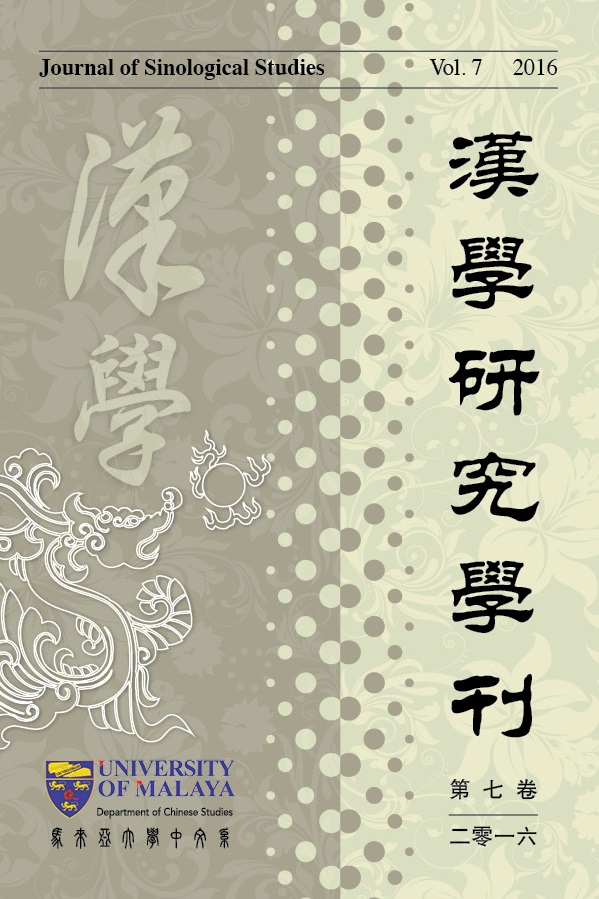图景移植与文字符码的挪用 ——李天葆小说《州府人物连环志》 的写作策略 Pictorial Transplantation and the Relocation of Word Symbol and Code — On the Writing Strategy of Li Tianbao’s Novel State Personage’s Serial Story
Abstract
Undeniably, Chinese Malaysian literature that utilise Chinese language as the literary language, which is stemmed and nurtured from immigrants’ literature, has always encountered writing difficulties with numerous cruxes. From Yu Dafu’s earnest criticism, Huang Jinshu’s Shaoba event, Chinese Malaysian writers still have to face a fundamental question: How to formulate the literature tradition of the land? In the brief national history of Malaysia, factors such as Chinese education that is always manipulated and obstructed by politics, the scarcity of literature magazines had made local Chinese literacy difficult to flourish and develop. How to escape from the rough writing style? What kind of Chinese language to be used to interpret and reflect Chinese Malaysian history and soul? This is the internal problem faced and attempted to solve by local Chinese Malaysian writers. Malaysian Chinese writer Li Tianbao, who was born and grew up in the capital Kuala Lumpur, was listed as one of the best Malaysian Chinese novelists today. This article is going to discuss: A person like Li Tianbao who transplants Chinese symbols and language codes to create unique fictional atmosphere and world, he specially set its fictional background in the 1950-60s to construct a nostalgic writing strategy for his novel. Could it provide some insights for us on the statement of how to resolve and surpass Chinese Malaysian writing difficulties? Otherwise, as a local researcher, this article cares more on the imaginary location of Nanyang with the writing practicality saturated with Chinese symbols and language codes.
Keywords: Li Tianbao, Chinese Malaysian literature, Chinese Malaysian novels, the imagination of Nanyang


